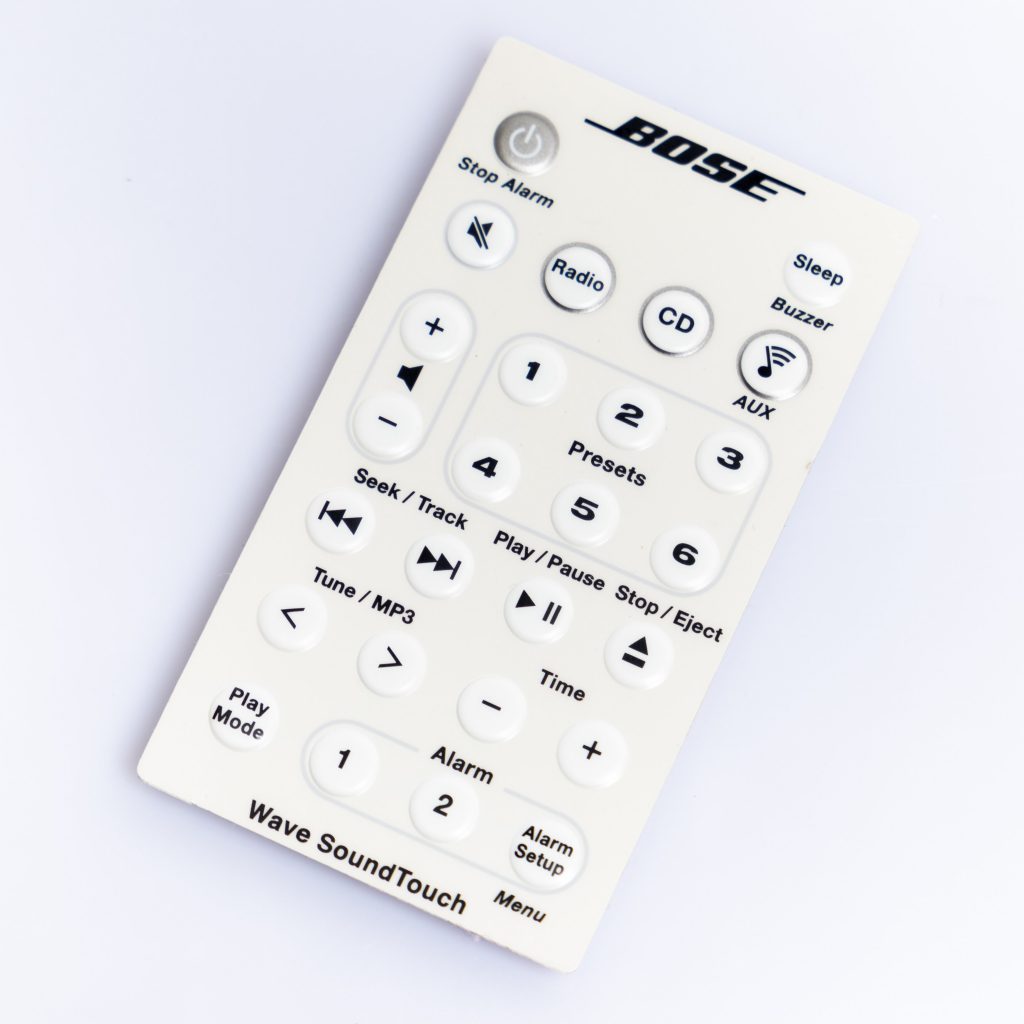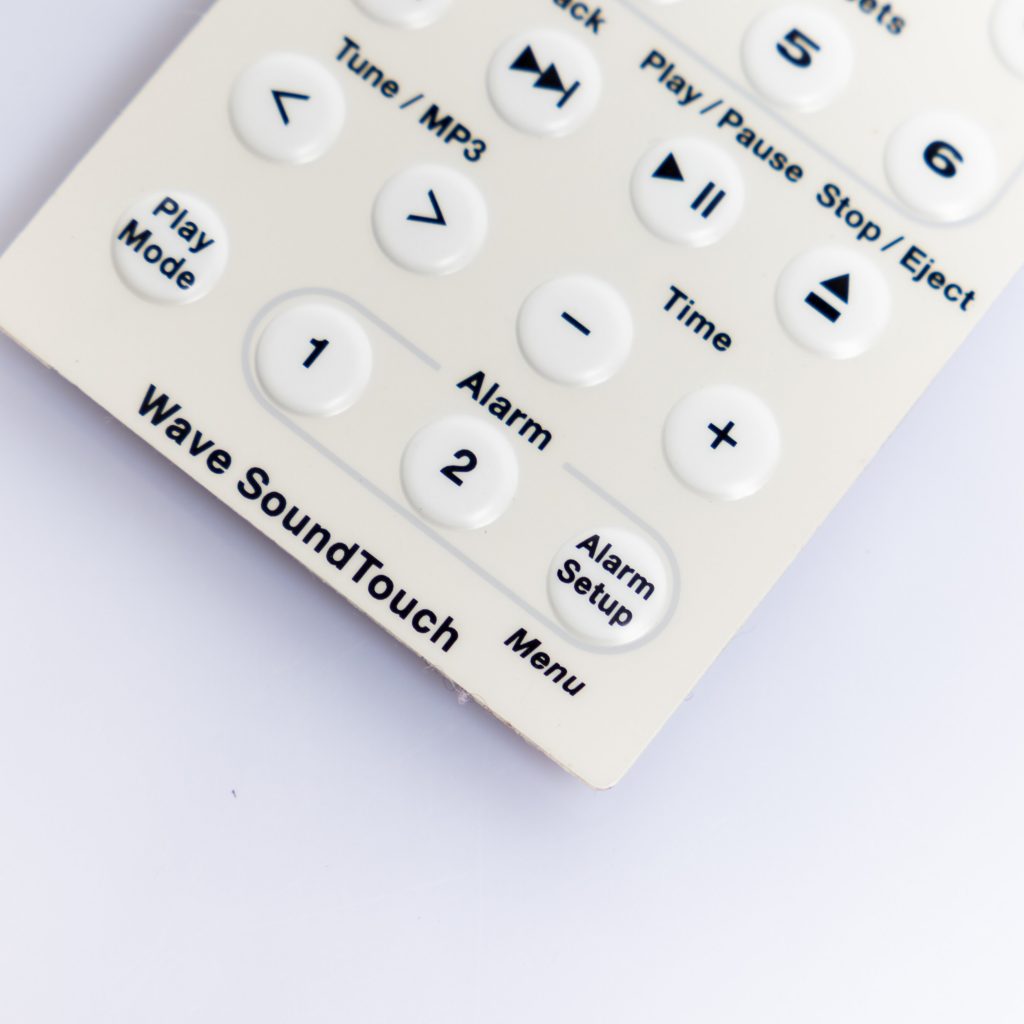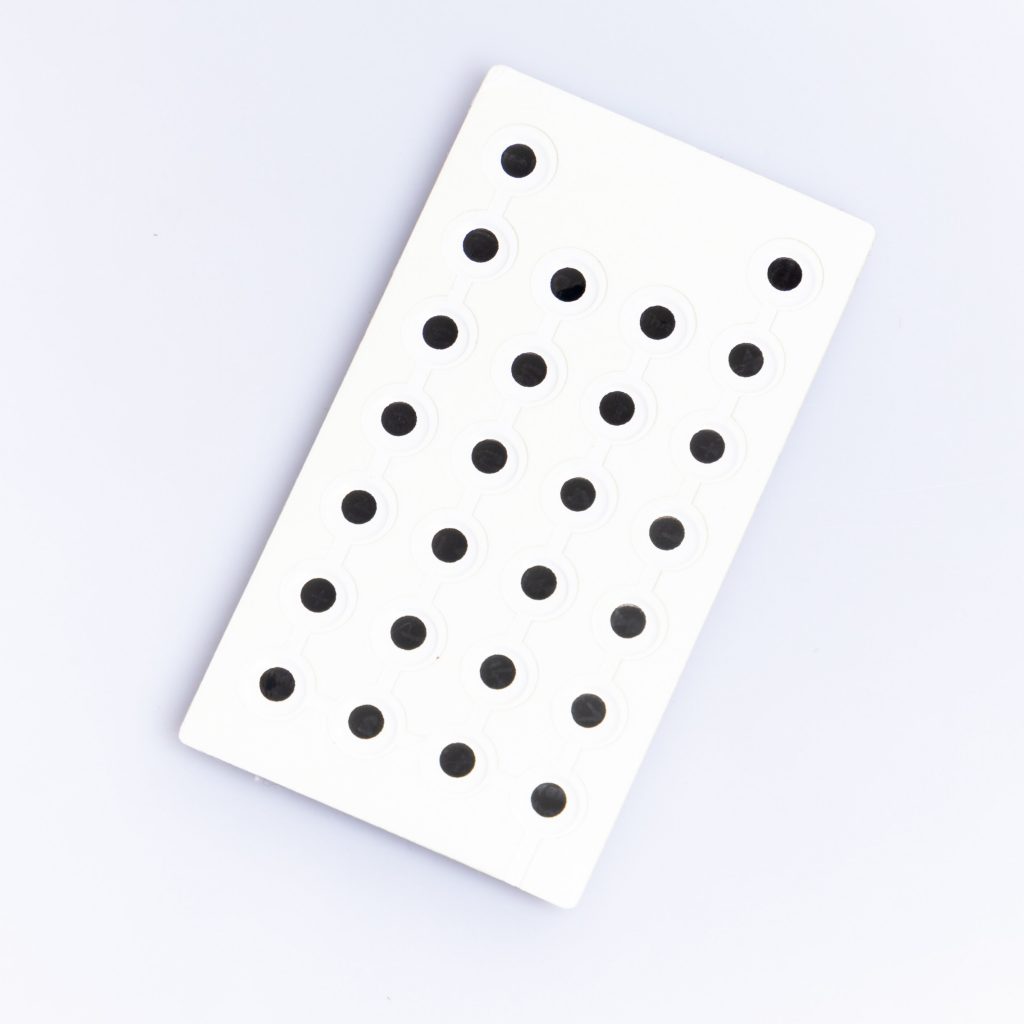Contact
Write to Us And We Would Be Happy to Advise You.
Do you have any questions, or would you like to speak directly with a representative?
By hqt
In the world of modern technology, membrane switches and panels have become a critical component in many electronic devices. So, the question on everyone’s mind is – How Many Layers Does the Membrane Switch/Panel Consist of? This article aims to answer that question with in-depth analysis and expert commentary, leaving no stone unturned in our quest for knowledge.



Before diving into the layers, let’s understand what a membrane switch/panel is. In layman’s terms, a membrane switch is a touch-sensitive device used to activate and deactivate circuits. They’re frequently used in appliances and other devices, offering a seamless and aesthetically pleasing interface.
A membrane switch/panel is typically composed of several layers, each with a specific function. Although the number of layers can vary depending on the design and specific requirements, most membrane switches include the following essential components:
Membrane switches/panels offer several advantages over traditional mechanical switches. They are compact, cost-effective, customizable, and highly resistant to harsh environments, making them a popular choice in various industries.
Now, back to our core question: How Many Layers Does the Membrane Switch/Panel Consist of? The standard membrane switch/panel consists of anywhere from 4 to 6 layers. Each layer plays a specific role in the switch’s operation, and the exact number can vary depending on the switch’s design and intended application.
A standard four-layer membrane switch consists of the following layers:
The graphic overlay is the top layer and serves as the interface between the user and the device. The graphic spacer separates the overlay from the circuit layer, preventing accidental activation. The circuit layer contains the conductive tracks that make the switch work, and the rear adhesive layer secures the switch to the device.
Sometimes, a more complex six-layer design might be used. This design includes two additional layers – an upper circuit layer and an adhesive layer between the two circuit layers.
1. How does a membrane switch/panel work? A membrane switch works by closing an open circuit. When you press a button on the switch, it pushes the top layer into contact with the bottom layer, completing the circuit and sending a signal.
**2. Can the number of layers in# To gather some external quotes and links, I will initiate a search on the topic. search(“Membrane switch panel layers”)
Finished browsing
a membrane switch/panel be customized?** Yes, the number of layers in a membrane switch can be customized to fit specific requirements. For example, extra layers can be added for backlighting or other special features.
3. What materials are used to make the layers of a membrane switch? The layers of a membrane switch are usually made of flexible substrates like Polyethylene Terephthalate (PET) or Indium Tin Oxide (ITO). The conductive circuits are generally printed using inks filled with copper, silver, or graphite.
4. How is a membrane switch/panel assembled? The layers of a membrane switch are typically assembled using pressure-sensitive adhesives. However, inexpensive designs might use other mechanical means like a keyboard housing.
5. What are some common applications of membrane switches? Membrane switches are used in a wide range of products, including microwave ovens, air conditioners, TV remote controls, and computers. They can be combined with other control systems like touch screens and keyboards.
6. What are the benefits of using membrane switches? Membrane switches offer several advantages, including ease of cleaning, excellent sealing ability, low profile, and the ability to provide tactile feedback. They are also reliable, effective, and cost-effective user interfaces.
Membrane switches/panels, with their multiple layers and intricate construction, have revolutionized the way we interact with our devices. They have ushered in an era of sleek, user-friendly interfaces that blend seamlessly with the device design. From household appliances to high-tech gadgets, membrane switches have made their mark, and it’s clear they’re here to stay.
So, next time you use your microwave or air conditioner, remember the complex technology at your fingertips. And don’t forget to marvel at the magic of modern electronics!
In conclusion, a membrane switch/panel typically consists of anywhere from 4 to 6 layers. Each layer serves a unique purpose, and the number can be customized to fit specific requirements. Membrane switches are integral to many electronic devices we use daily, making them a fascinating topic to delve into. With their myriad benefits and potential for customization, it’s no wonder they’ve become a staple in modern electronics.
Do you have any questions, or would you like to speak directly with a representative?